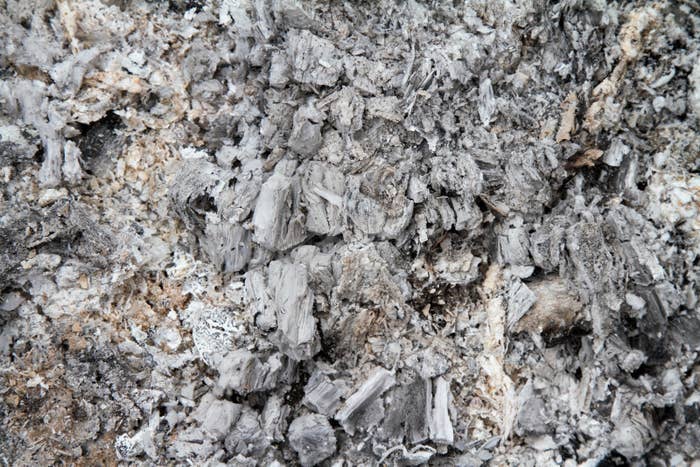
An Arizona crematorium tested hot for radioactive contamination, and the likely source is a cremated man who was treated for cancer shortly before dying, a new study found.
The medical community has long been aware of potential safety risks associated with cremating cancer patients treated with “radiopharmaceuticals,” according to Nathan Yu, the study’s lead author and a resident physician in the Department of Radiation Oncology at Mayo Clinic in Arizona. But contamination of a facility has not been reported until now.
The injection of radioactive compounds is increasingly used to diagnose and treat cancer because it can be used to to deliver radiation to specifically targeted tumor cells. Given their alarming findings at the Arizona crematorium, Yu and his colleagues are calling for a more systematic approach to handling this safety challenge. There are no federal rules about exposed dead bodies, resulting in a patchwork of state regulation, according to their letter published Tuesday in the Journal of the American Medical Association. And Arizona currently doesn’t have any such rules.
The results weren’t surprising to Marco Kaltofen, a nuclear scientist at the Worcester Polytechnic Institute in Massachusetts who was not involved in the study. “They only happened to catch this one case because normally they don’t look,” he said.
A 69-year-old man was treated last year at the Mayo Clinic in Arizona for cancer through a common outpatient procedure involving the injection of radioactive compounds into the veins. Not feeling well, he checked into a different hospital the next day and soon died. The place where his body was cremated didn’t know about the recent cancer treatment.
When the Mayo Clinic staff discovered their patient’s sudden death, they took steps, including reaching out to the state’s Bureau of Radiation Control, that resulted in a survey of the crematorium. About a month after the man was treated with lutetium Lu 177 dotatate, the very same isotope was detected in low levels on the equipment used to cremate the body, including the oven, vacuum filter, and bone crusher.
The discovery of radioactive contamination from lutetium “is something we were looking for,” Yu said. “But there was an unexpected finding of another radioisotope” — specifically, technetium Tc 99m in the urine of the crematory operator — suggesting radioactive contamination at crematoriums is a more widespread problem.
Technetium is also commonly used in the treatment of cancer. Since the operator had not been exposed to it in a medical treatment, the researchers suspect the exposure came from handling and cremating a different body.
“Safety regulations are well established for radiopharmaceuticals in living patients. But they present a unique post-mortem safety challenge,” Yu said. That’s because cremating an exposed patient may release hot particles into air that could be inhaled by crematory workers.
Both cases of radioactive contamination — on the crematory equipment and in the operator’s urine — were far below the limit defined as unsafe by the US Nuclear Regulatory Commission.
“I believe the situation described in the article is possible, but also that the likely exposures are very low,” Chris Whipple, who previously chaired the National Academy of Sciences board on radioactive waste management, told BuzzFeed News. He said one of his friends was once treated for prostate cancer with a procedure where radioactive seeds were implanted inside his body, and the friend had to sign a document agreeing that he would not be cremated if he died in the following months.
